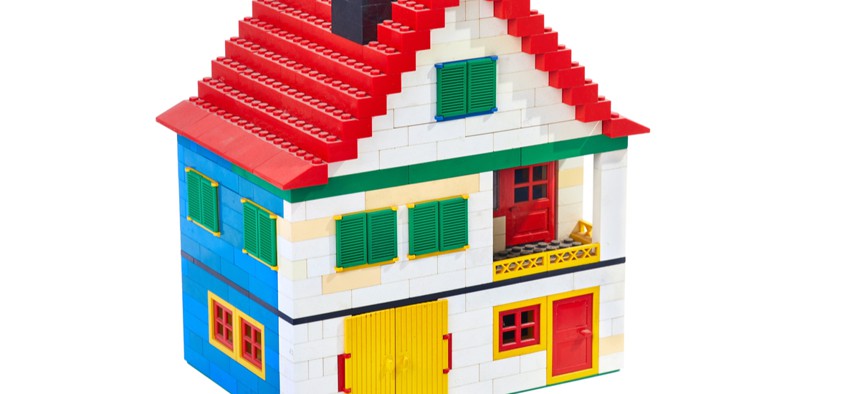Despite Economy, Working Families Struggle to Make Ends Meet

Housing is among the basic necessities that some families struggled to pay for last year, the report found. Shutterstock

Connecting state and local government leaders
A recent report from the Urban Institute examined families' ability to pay for basic needs.
Despite a low national unemployment rate, nearly 40 percent of working-age adults had trouble affording food, health care, housing or utilities last year, according to a recent report from the Urban Institute, a liberal-leaning nonprofit think tank based in Washington, D.C.
Those challenges could be exacerbated by proposed changes to safety net programs, including Medicaid and the supplemental nutrition assistance program, or SNAP, according to the report, titled “Material Hardship Among Non-elderly Adults and Their Families in 2017: Implications for the Safety Net.”
Those changes include expanded work requirements for people who receive SNAP benefits, Medicaid, housing vouchers and public housing, along with increased rental costs and health-insurance premiums for low-income populations. Proponents of these kind of requirements have argued that they will encourage people to work, eventually improving their economic situation.
But the proposals, if passed, could increase material hardship, the report says, a term that describes a family’s inability to meet basic needs—housing, utilities, food, health care—despite income level. The study examines those four metrics and, given the renewed emphasis on work requirements for benefits, attempts to determine how well income level and work status protect people from hardship.
“Though hardship is often associated with low income, previous studies have found that income explains only a small share of the variance in a family’s reported hardships,” the report says. “Different types of hardship can arise from distinct processes rather than from a single underlying factor, such as poverty.”
Analyzing survey responses from a pool of 7,588 participants between the ages of 18 and 64, researchers found that more than 35 percent of families with at least one working adult experienced some type of hardship in 2017.
Food insecurity was the most common, reported by more than 23 percent of households. Rates were higher—above 40 percent—for families with income levels between 100 and 200 percent of the federal poverty level, according to the data.
Eighteen percent of adults reported problems paying their family’s medical bills, and 17.9 percent said they had skipped medical care (resulting in an “unmet need”) due to cost.
Roughly 10 percent of households either did not pay their full mortgage or rent bill or were late with a payment, while 13 percent reported missing a utility bill payment. But relatively few respondents (4.3 percent) had their utilities shut off for non-payment, and even fewer—1.1 percent—were evicted.
Respondents in families with no working adults were about twice as likely—38.7 percent versus 19.8 percent—to report food insecurity or to miss a utility bill payment (20 percent versus 11.3 percent).
“But gaps were smaller between the shares with problems affording health care or with missed rent or mortgage payments,” the report notes.
Broadly, researchers said, the report indicates that people may be able to get by on a fixed income, but many are unable to save for unexpected emergencies, including emergency health care.
“What we found is that a lot of people have to devote much of their income to fixed expenses like rent or health care,” Michael Karpman, one of the report’s co-authors, told the Los Angeles Times. “If they’re hit with a large, unexpected expense, they simply can’t cover it.”
“That means a family of three making $80,000 a year, or a single person making at least $50,000, may be living paycheck to paycheck—and could be devastated by a single medical bill,” he said.
In general, researchers wrote, material hardships “were most prevalent among adults with lower incomes,” but the problem “extends across the income distribution and affects families with or without workers.”
Erecting barriers to safety net programs could worsen those hardships, though more research is needed to be sure, the report concludes.
“As policymakers consider changes in access to safety net programs, they run the risk of increasing rates of material hardship, which could have detrimental short- and long-term impacts on children and adults,” the study says.
Kate Elizabeth Queram is a Staff Correspondent for Government Executive’s Route Fifty and is based in Washington, D.C.

NEXT STORY: As Western States Continue to Burn, Fatigued Firefighters Are a Growing Concern




